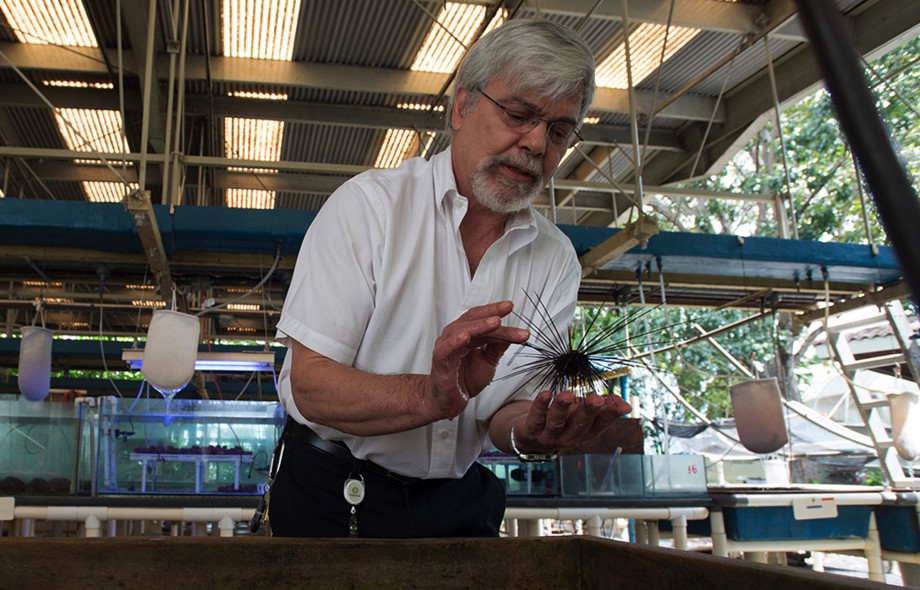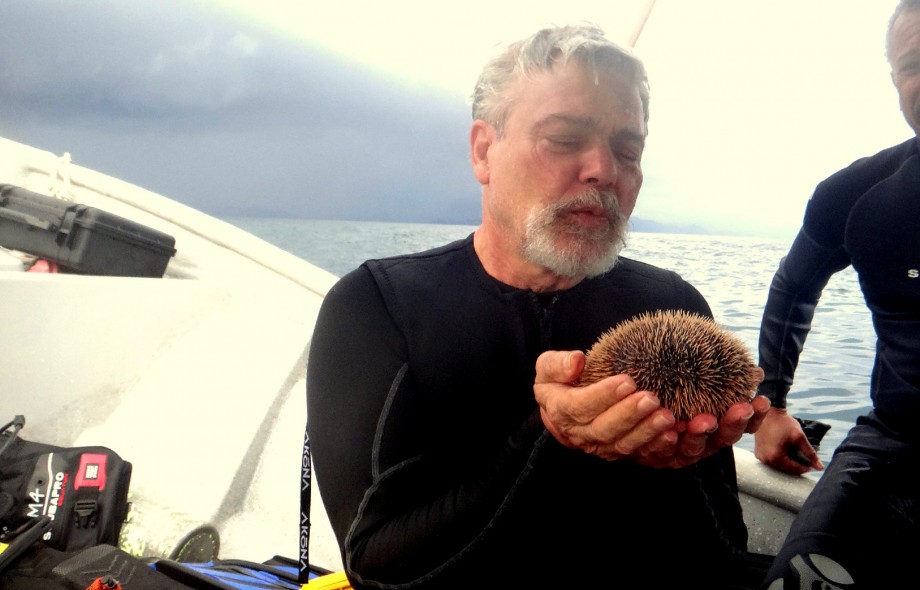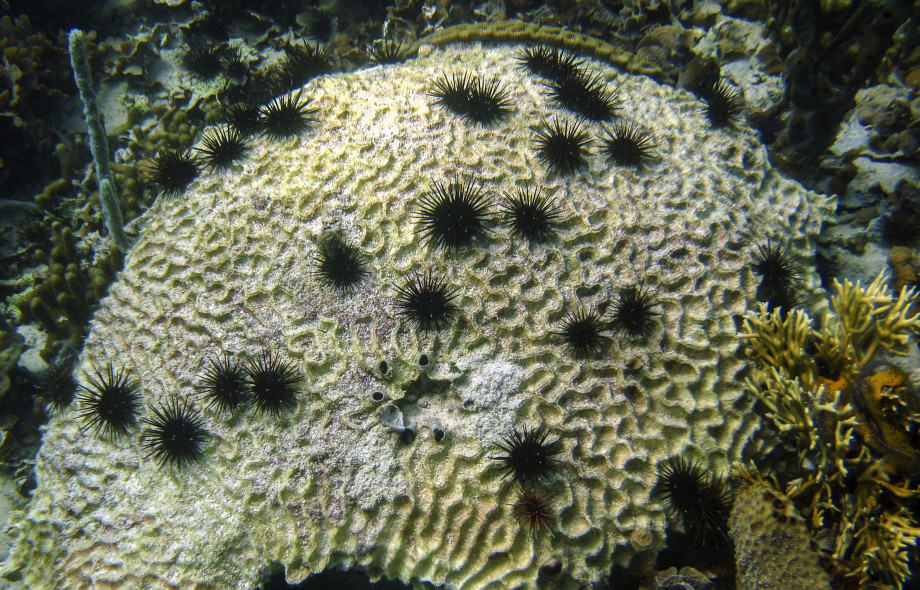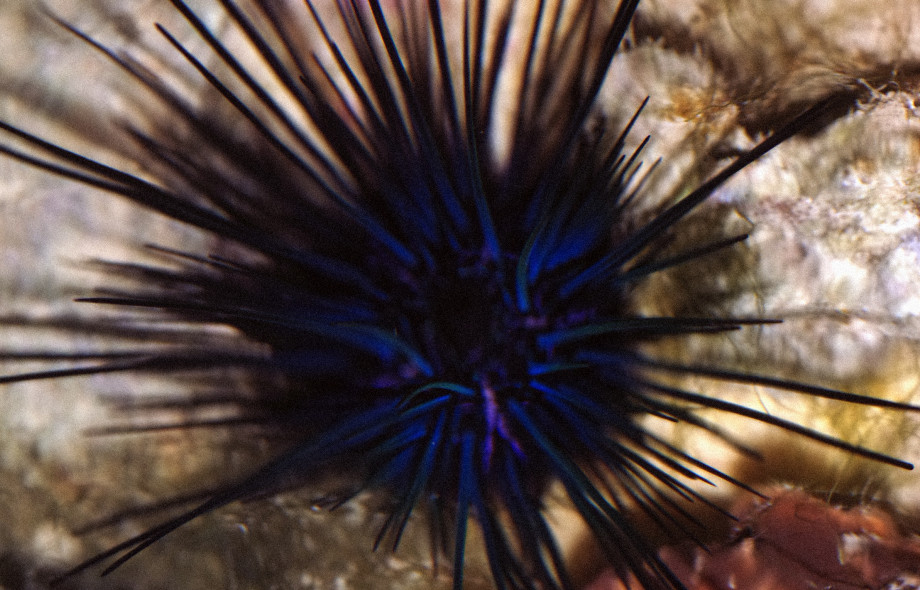Frogs lay eggs both in the water and in jelly-like masses on plants. Could their flexible behavior help explain how vertebrates moved from life in ocean to life on land?

You are here
Projects
& Stories
Harilaos Lessios
Murder mysteries may take decades to resolve, especially if they take place under the sea. The massive deaths of sea urchins in the Caribbean in the 1980’s is one of them. But only after a new killing spree erupted in 2022, could scientists corner the probable killer.
Coibita Island, part of a World Heritage Site in Panama’s Pacific, is poised to become a leading research site for tropical marine biology.
Seemingly far removed from similar ecosystems, research by Smithsonian scientist Harilaos Lessios shows that the diverse marine life of Coiba is connected to the rest of Eastern Tropical Pacific — and beyond.
Large numbers of small algae-grazing sea urchins and fish may take the place of larger grazers to prevent algae from overgrowing reefs, a new study shows.
Veteran Smithsonian evolutionary biologist Haris Lessios has made major contributions to the understanding of how new marine species arose following separation by the Isthmus of Panama.





